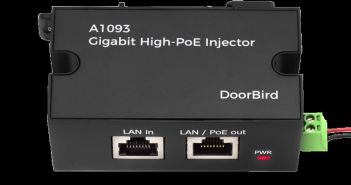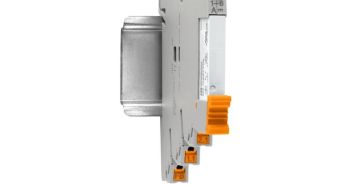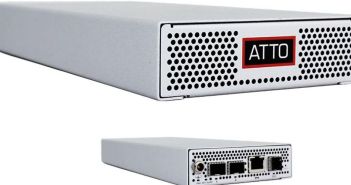Since 2016, the ESP8266 microcontroller has been making waves in the world of the Internet of Things (IoT) and capturing the imagination of enthusiasts. This tiny chip, costing less than five euros, surpasses both Arduino and Raspberry Pi in its capabilities. Let’s delve into the captivating world of the ESP8266 and explore the diverse benefits it offers.
Table of Contents: What awaits you in this article
Redefining Connectivity: ESP8266 – Small, Affordable, WiFi-enabled
The ESP8266 has taken the world of hobbyists, IoT, and DIY enthusiasts by storm. With its tiny dimensions and astonishingly low price, this microcontroller offers features that are absent in many competitors. A major advantage over other platforms is the integration of Wi-Fi, which opens up countless new application possibilities. The steadily growing community and innovative software solutions make the ESP8266 an all-rounder for creative projects.
ESP8266: Disrupting Arduino and Raspberry Pi Dominance
While Arduino and Raspberry Pi undeniably dominate the world of DIY and hardware hacking, shaping the democratization of electronics and mini-computers, there exists a realm of exciting projects and innovations beyond these giants. The ESP8266, with its remarkable capabilities, stands as a testament. This microcontroller, compact and affordable, showcases the potential for revolutionary advancements beyond mainstream platforms, enriching the realm of tech enthusiasts and makers.
Unleashing Enthusiasm: How ESP8266 Inspires the Maker Scene
- Incredible Affordability: The ESP8266 boasts an unbeatable price point, often as low as three euros, making it an extremely attractive option for DIY enthusiasts and budget-conscious projects.
- Featuring built-in WLAN, the ESP8266 simplifies wireless communication and networking, offering an advantage over traditional microcontrollers.
- Compact dimensions and efficient power usage allow for applications in spaces and energy-constrained scenarios.
- Despite its size, the ESP8266 boasts up to 16 versatile GPIO pins with I2C and SPI protocol support, offering diverse options for control and communication applications.
Exploring ESP8266: Diverse Applications in IoT Realm
- Effortlessly control GPIO pins through a user-friendly web interface powered by a web server.
- Versatile IFTTT Button: Transform the ESP8266 into a versatile button for triggering a range of actions through the IFTTT platform.
- Affordable WiFi Shield for Arduino: Utilize the ESP8266 as an economical WiFi module for Arduino boards, facilitating wireless connectivity and opening new avenues for communication.
- Wireless Camera Remote: Effortlessly trigger cameras, including popular models.
- Enhanced Connectivity: Utilize a WLAN scanner to pinpoint the optimal location for your devices, ensuring robust signal quality and seamless connectivity within your network.
- Innovative Connectivity: Experience inventive wireless networking with magnetic WiFi-Throwies. Autonomous boxes, held by magnets, provide unique WLAN access for imaginative projects and personal networking solutions.
- Internet-Controlled 230V Outlet: An illustration of the Internet of Things (IoT): Control 230V devices over the internet, showcasing remote management and automation.
Assessing ESP8266 Benefits: A Comprehensive Review
The ESP8266 has established itself as a true jack-of-all-trades in the world of the Internet of Things and among hobbyists. With its unbeatable price, integrated WLAN capabilities, compact size, and a wide range of applications, it has proven that it deserves a place in the toolkit of technology enthusiasts. In an era where innovation and creativity are highly valued, the ESP8266 opens up uncharted paths for implementing projects and ideas. Whether you’re an experienced tinkerer or a new IoT enthusiast, the ESP8266 is undoubtedly a chip worth exploring.














